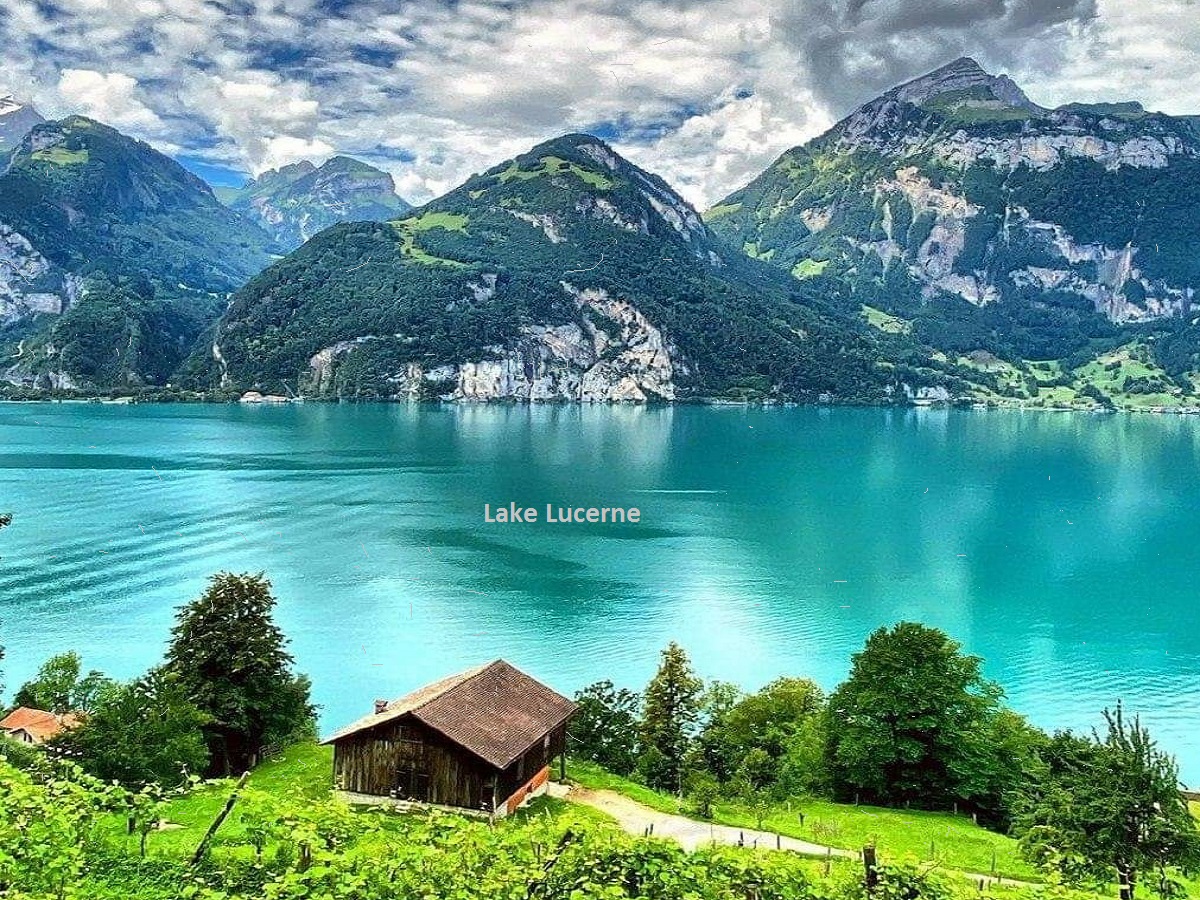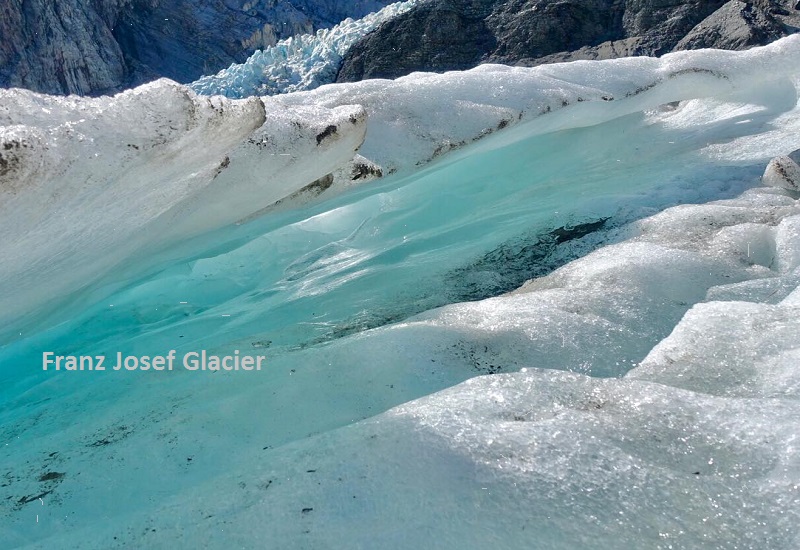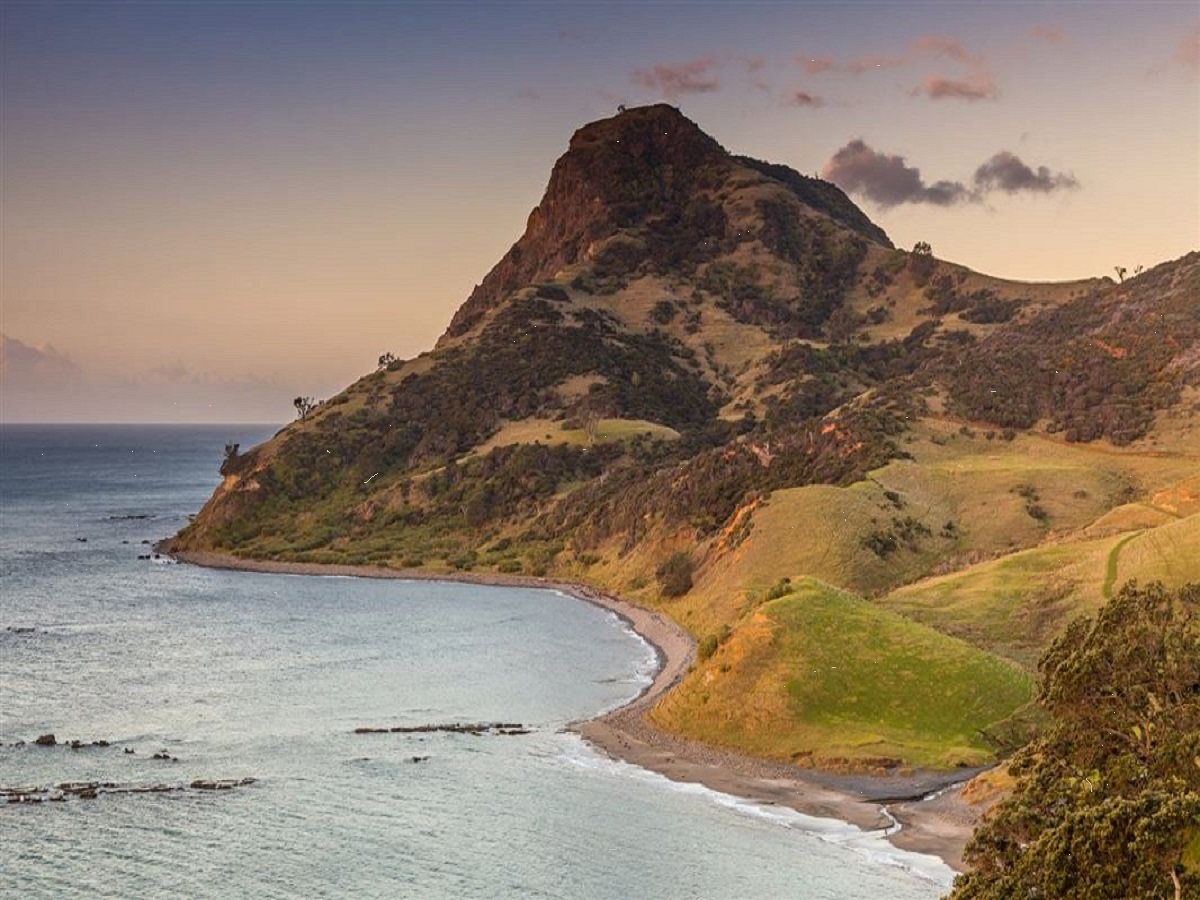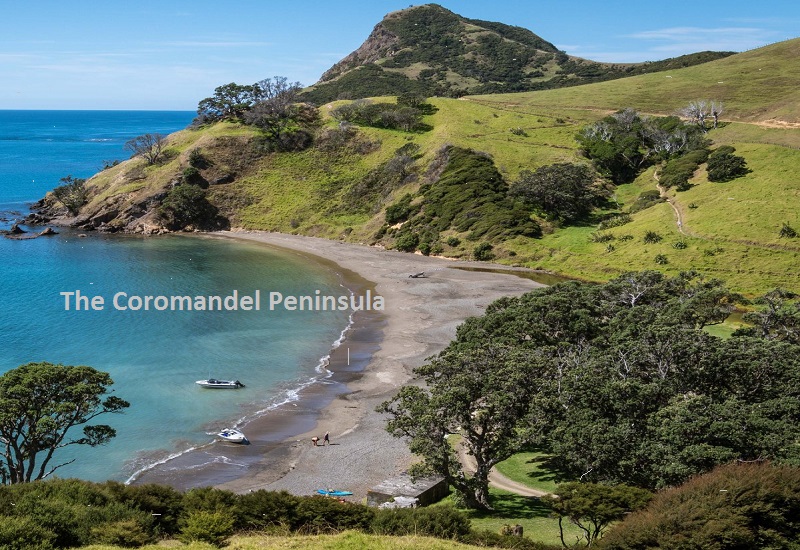Lake Lucerne, known as Vierwaldstättersee in German, is one of Switzerland’s most iconic and breathtaking lakes. It is renowned for its unique shape, picturesque surroundings, and historical significance. One of the most intriguing aspects of Lake Lucerne is its depth, which plays a crucial role in its ecosystem, recreational activities, and overall allure. In this article, we will delve into the depths of Lake Lucerne, exploring its geological features, ecological significance, and the activities it supports.
Geographical Overview of Lake Lucerne
Lake Lucerne is located in central Switzerland, surrounded by the cantons of Lucerne, Uri, Schwyz, and Nidwalden. Its distinctive shape, with multiple arms and basins, results from glacial movements during the last Ice Age. The lake is fed by the Reuss River and is characterized by its crystal-clear waters and stunning alpine backdrop.
Key Geographical Features
- Surface Area: Lake Lucerne covers approximately 114 square kilometers (44 square miles), making it the fourth-largest lake in Switzerland.
- Length and Width: The lake stretches about 39 kilometers (24 miles) in length and varies in width, with the widest point being around 3 kilometers (1.9 miles).
- Shoreline: The lake’s shoreline is approximately 143 kilometers (89 miles) long, featuring numerous bays, inlets, and peninsulas that contribute to its star-like shape.
Depth of Lake Lucerne
The depth of Lake Lucerne varies significantly across its different sections, influenced by the lake’s geological history and topographical features.
Average and Maximum Depth
- Average Depth: Lake Lucerne has an average depth of about 104 meters (341 feet), making it a relatively deep lake compared to others in the region.
- Maximum Depth: The deepest point in Lake Lucerne is approximately 214 meters (702 feet), located near the village of Treib in the southern basin of the lake.
Depth Variations Across the Lake
Lake Lucerne’s unique shape results in varying depths across its different arms and basins. The lake consists of several distinct sections, each with its own depth characteristics:
- Uri Lake: The southernmost arm of Lake Lucerne, Uri Lake, is known for its relatively shallow waters, with an average depth of around 60 meters (197 feet).
- Lake Alpnach: This section of the lake is also relatively shallow, with depths ranging from 30 to 50 meters (98 to 164 feet).
- Küssnacht Basin: The basin near Küssnacht has a moderate depth, averaging around 80 meters (262 feet).
- Buochs Basin: The deepest part of Lake Lucerne, the Buochs Basin, reaches depths of over 200 meters (656 feet).
Geological and Ecological Significance
The depth of Lake Lucerne plays a crucial role in its geological and ecological characteristics, influencing water temperature, circulation, and the diversity of aquatic life.
Geological Formation
Lake Lucerne was formed during the last Ice Age, approximately 12,000 years ago, when glaciers carved out the lake’s basins and valleys. The lake’s varying depths are a result of glacial erosion and sediment deposition, which have shaped the lake’s unique topography.
Water Circulation and Temperature
The depth of Lake Lucerne affects its water circulation patterns and temperature stratification, which are important for the lake’s ecological health:
- Thermal Stratification: Lake Lucerne experiences thermal stratification, with distinct layers of water at different temperatures. During the summer, the surface water warms up, creating a thermocline that separates the warmer upper layer from the cooler, deeper water.
- Water Mixing: The lake’s depth allows for the mixing of water layers, which is essential for distributing nutrients and oxygen throughout the lake. This mixing supports a diverse range of aquatic life and helps maintain water quality.
Biodiversity and Ecosystem
Lake Lucerne’s depth and water quality support a rich and diverse ecosystem, providing habitats for numerous species of fish, plants, and wildlife:
- Fish Species: The lake is home to several fish species, including whitefish, perch, pike, and char. The deeper waters provide a suitable environment for cold-water species like char, which thrive in the lake’s cooler depths.
- Aquatic Plants: The lake’s clear waters and varying depths support a variety of aquatic plants, including submerged vegetation and algae that provide food and shelter for fish and invertebrates.
- Birdlife: Lake Lucerne is a haven for birdwatchers, with many waterfowl and migratory birds visiting the lake throughout the year. The lake’s diverse habitats, from shallow wetlands to deep waters, attract a wide range of bird species.
Recreational Activities on Lake Lucerne
The depth and clarity of Lake Lucerne make it an ideal destination for various recreational activities, attracting tourists and outdoor enthusiasts from around the world.
Boating and Sailing
Lake Lucerne’s deep waters and scenic surroundings make it a popular spot for boating and sailing. The lake’s unique shape, with its many bays and inlets, provides ample opportunities for exploration and adventure:
- Cruises: Scenic boat cruises are a popular way to experience the beauty of Lake Lucerne, offering panoramic views of the surrounding mountains and charming lakeside villages.
- Sailing: The lake’s depth and wind conditions make it suitable for sailing, attracting both amateur and experienced sailors.
Swimming and Diving
The clear waters of Lake Lucerne offer excellent conditions for swimming and diving, with several designated swimming areas and beaches around the lake:
- Swimming: The lake’s clean and refreshing waters are perfect for a swim, with popular spots including Lido di Luzern and Seebad Weggis.
- Diving: The deeper sections of Lake Lucerne provide opportunities for scuba diving, with underwater landscapes and historical wrecks to explore.
Fishing
Lake Lucerne’s rich biodiversity makes it a prime location for fishing, attracting anglers seeking a variety of fish species:
- Recreational Fishing: Anglers can fish from the shore or by boat, with permits available for those wishing to try their luck at catching the lake’s abundant fish.
- Fishing Tours: Guided fishing tours are available, offering visitors a chance to learn about the lake’s ecosystem and try their hand at catching local fish.
Cultural and Historical Significance
Lake Lucerne’s depth and beauty have contributed to its cultural and historical significance, inspiring artists, writers, and musicians throughout history.
Historical Landmarks
The shores of Lake Lucerne are dotted with historical landmarks and sites that highlight the region’s rich history:
- Chapel Bridge (Kapellbrücke): This iconic wooden bridge in Lucerne dates back to the 14th century and features a series of historic paintings depicting Swiss history.
- Rütli Meadow: Located on the western shore of the lake, Rütli Meadow is considered the birthplace of Switzerland, where the legendary Rütli Oath was sworn in 1291.
Artistic Inspiration
Lake Lucerne’s stunning landscapes have inspired countless artists, writers, and musicians over the centuries:
- Art and Literature: The lake’s beauty has been captured in numerous paintings and literary works, reflecting its cultural importance and timeless appeal.
- Music: Renowned composer Richard Wagner composed several works while living near Lake Lucerne, drawing inspiration from its serene surroundings.
Conclusion
Lake Lucerne’s depth is a defining feature that contributes to its ecological richness, recreational appeal, and cultural significance. From its geological formation and diverse ecosystems to its historical landmarks and artistic inspiration, the lake offers a wealth of experiences for visitors and locals alike. Whether you’re exploring its depths through diving, enjoying a scenic boat cruise, or simply taking in the breathtaking views, Lake Lucerne is a destination that captivates and enchants all who visit. Its unique blend of natural beauty, historical heritage, and recreational opportunities make it a true gem in the heart of Switzerland.





Leave a Reply